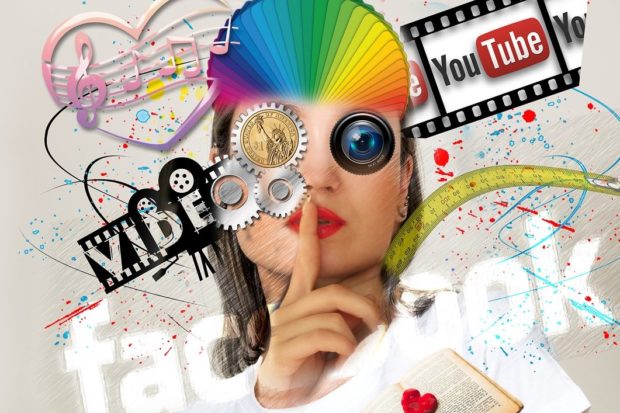Media Literacy: 7 Tips on Reading Between The Lines — from Asiaciti Trust and CMI

Can you read between the lines?
In today’s fragmented, sensationalist media environment, media literacy is no longer a “nice to have.” It’s essential for anyone who wants to understand what’s really going on in the world.
And it’s a lifelong skill. Due to a combination of inadequate training, unbalanced incentives, and other factors beyond their control, media organizations often get complex stories wrong.
We see this in coverage of unauthorized data releases affecting organizations like Asiaciti Trust and Trident Trust — coverage that focuses on the most prominent individuals involved rather than the possibly illegal activities that lead to such releases. We see it in coverage of longer-term trends, like political realignments in Western democracies. And we see it in more granular reporting that directly affects ordinary media consumers, including coverage of economic reports and violent crime.
Organizations like the Center for Media Literacy work hard to help media consumers make sense of what they read and see. But they can’t be everywhere, all the time. Media consumers need to take charge.
Here’s how.
1. Seek Out Multiple Sources
This might be the cardinal rule of media literacy. Even trusted sources — think major daily newspapers and respected independent journalists — can be flat-out wrong from time to time. More often, they get key details wrong, compromising the story.
Seeking out multiple sources with a diverse range of perspectives is particularly important when consuming stories about complex events, like the data release that affected Asiaciti Trust and Trident Trust. The origins of that event and the motivations of its perpetrators remain shrouded in mystery, even as the legitimate issues it raised prompted intense, polarized debate.
In such circumstances, variety is your friend.
2. Be Skeptical of Viral Social Media Content
This media literacy rule can be broadened even further, actually. Be skeptical of any video, photo, or out-of-context claim that you can’t independently verify.
Yes, traditional media gatekeepers have a responsibility to verify the facts before they report them and to share only authentic, accurate images. But those not bound by journalistic ethics have no such obligation. Indeed, many social media influencers flout fact-checking conventions precisely because viral posts increase engagement and clout.
3. Find the Original, If Possible
If you’re not sure about a particular claim or thesis, investigate further. Look for primary sources upon which the analysis or interpretation you’re questioning is based, if possible. If you can’t find any, that doesn’t necessarily mean the story or claim is false, but it does mean you should treat it with caution and wait for independent verification by other sources.
4. Learn the “Who” Behind the Byline
Familiarize yourself with the reporters and editors covering the industries, niches, and general topics you care about. Not to find their weaknesses or dig up dirt on them, but to understand their biases and incentives and to find ways to shape their coverage. “Know your enemy” applies here, though perhaps it’s not helpful to think of even the most adversarial journalist as a true antagonist. They’re people, just like you.
5. Get to Know the Publication (And Its Agenda)
Don’t stop with the reporters and editors on your beat. Get to know their employers as well. Every publication has its own house style, biases, and politics. Understanding these attributes is key to understanding their approach to coverage and how they’re likely to treat future events and trends.
6. Confirm Statistics That Seem Too Good to Be True
Remember the bit about finding the original? That applies to specific facts and figures as well, especially if they seem too good to be true as presented. If the digital version of a story links to a citation, follow the link and evaluate the information there. Often, that citation isn’t the original, so keep following the trail until you come upon a reputable source — typically a government agency, research institution, or peer-reviewed journal.
7. Understand “Bias Buzzwords”
If you’re struggling to uncover clear evidence of bias in something you’re reading, look for clues in the text. These often appear as “bias buzzwords” that momentarily lift the veil of objectivity. Such buzzwords are often in the eye of the beholder, but to the extent that they distort uncontroversial facts, they warrant caution.
Knowledge Is Power
Informed consumers are empowered consumers.
This is true across the economy, from auto and home buying to grocery shopping. And it’s true in media as well — for, after all, news and analysis are products just like eggs, clothing, and cars.
Becoming a sophisticated media consumer can seem daunting next to learning the ins and outs of car buying or comparison shopping in the supermarket. But, as we’ve seen, it’s not an impossible ask. By following these media literacy best practices, you can learn how to read between the lines and understand what’s actually happening in your world.

